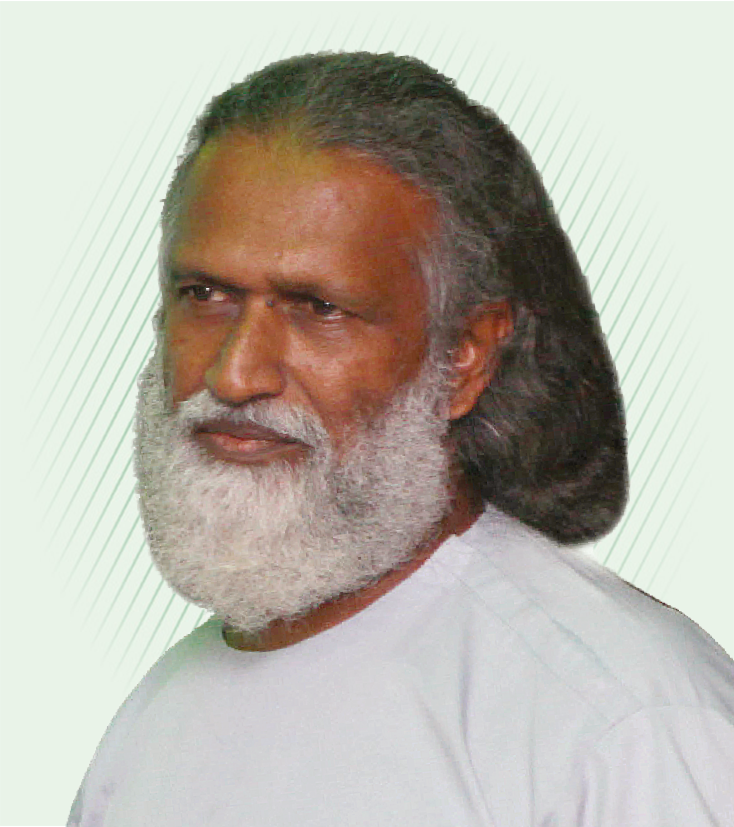WILDLIFE CONSERVATION
Opportunities to Improve
Vidya Jyothi Prof. Sarath Kotagama emphasises the need to create delineated zones for proper conservation
Q: What are the biggest issues Sri Lanka’s bird sanctuaries face today?
A: Sanctuaries were basically not established with a relationship to birds but simply to protect forests. These were later upgraded to forest reserves, which included private property, where fauna was fully protected and flora was partially protected depending on its ownership.
However, Kumana, Kalamatiya, Thangamale and Chundikulam sanctuaries were designated specifically for their bird populations.
The international criteria for Important Bird Areas (IBA) was adopted in 2007 and included sanctuaries and non-sanctuary areas. Seventy IBA were identified but the Forest and Wildlife departments are yet to reach an agreement on these. The IBA were only officially recognised by The National Atlas of Sri Lanka in its second edition in 2007. Until the declaration aim is resolved, the IBA will merely protect the forests without identifying their worth.

Department of Zoology and Environment Sciences
University of Colombo
If the goal is 30 percent forest cover for the country, then areas that require protection should be recognised. There’s only three percent of forest left in the wet zone and their protection lacks proper intervention. The focus must be on protecting what remains and connecting them, rather than protecting small patches islandwide. The impact on bird distribution seems to be tolerable. In forest plantations like pine, bird populations are nonexistent but in 1989, it was recommended that these plantations be discontinued and as indigenous forests returned this has revived bird populations somewhat.
Q: How important a role do the government and other departments have in protection and conservation?
A: All protected areas belong to the state, and people and society can only be involved in a small way to protect them.
The Forest Department introduced community forestry in the 1970s but problems emerged as the legislation prohibits community involvement. Communities merely act as labourers to achieve a task. Private property owners are allowed to use the land as they wish.
In 1994, buffer zones were introduced but so far not a single one has been declared as the law requires that these zones be free of people and private ownership. If national parks are state property, why must a buffer zone be declared within the park and allow community activities? The goal of establishing a national park is lost as it’s to inhibit community activities within it.
Creating zones outside parks will be counterproductive as these infringe on private property. To date, not a single revision has been made but the term ‘buffer zone activities’ is still used.
Education and road networks are two ways of reducing the strain on forests as then ‘buffer zone’ communities will see future generations migrate and moving out to better economic prospects. This will also limit communities expanding to encroach on forests.
“Education and road networks are two ways of reducing the strain on forests as then ‘buffer zone’ communities will see future generations migrate





